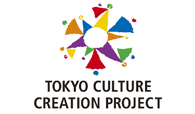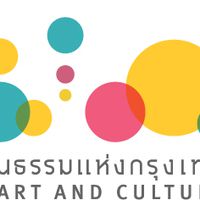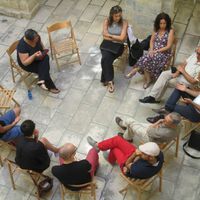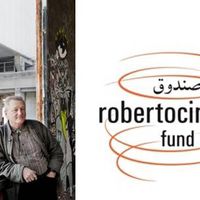Interview with: Makiko Yamaguchi, Director of the Tokyo Culture Creation Project

culture360 contributor Herman Bashiron Mendolicchio interviews Makiko Yamaguchi from the Tokyo Culture Creation Project to find out more about her perspective on "internationalisation" through arts, culture and creativity.
- Could you please introduce the “Tokyo Culture Creation Project” and tell us about its main aims and activities?
Tokyo Culture Creation Project started in April 2008 to disseminate the culture of Tokyo in and outside Japan and to establish Tokyo as a city of global cultural creativity. The Project itself is organised by the Tokyo Metropolitan Government and the Tokyo Metropolitan Foundation for History and Culture in cooperation with arts and cultural organisations as well as NPOs.
The Project facilitates the involvement of a larger number of people in creativity, by building foundations for cultural projects across the city and by offering opportunities for creative experiences to children and young people. Additionally, it creates and disseminates Tokyo’s “new culture” globally by organising international festivals and other type of events.
There are four categories in our project:
- Festival
- Kids/Youth
- Artpoint
- Networking
- One of your main aims is focused on creating cultural diversity and establish the city of Tokyo as a vital hub for international networking. What do you do to fulfil these goals?
We implement “Tokyo Creative Weeks” since 2011, covering all of our projects in four categories each autumn. In the category Networking we put together an international conference on “Culture and Social Innovation” and also initiate the “International Visitors Programme”.
- The “International Visitors Programme” is a very interesting project. Could you please tell us more about it?
This is an annual programme which started in 2011. We invite 10 young professionals from various fields and countries to experience the actual cultural scenes of Tokyo and come into contact with their Japanese peers and build a network. We do not focus on one genre or one issue, to ensure that the team is always diverse and open. We want them to write articles or blogs to report about their experience or inform their colleagues within their own network. We also seek to extend their participation in this programme to future cultural/artistic cooperation or project.
- Do you think that mobility and exchange are important for artists and cultural operators? If so, why?
Definitely yes – even if digitalisation and highly developed information technology allow us to communicate without moving or meeting and help usovercome geographic distances. Maybe because of this, we have to meet face to face in order to find a common “language“ and build toward a faithful relationship which are both important and basic elements for collaborative work.
- What is your internationalisation strategy? What kind of partnerships, networks and international collaborations are you currently developing?
Japan is still insular, I mean in its mentality, and I have the impression that there are very few people even in the field of arts and culture who know or are convinced of the importance of international networking. Not just in order to “sell” or “buy” a production or for scouting artists for example, but to build a sustainable relationship that is not bi-lateral but multi-lateral. To do that, we must try to have better environments for arts and culture, and maybe a better society. This is something that interests me a lot.
To go in this direction, our international visitors programme is a very tiny step to approach diverse experts in various fields. However I think it is necessary and requires a long time, so we need to be very patient. It is important for me to find the people or organisations that act in an interdisciplinary and multilateral way. With them, I can share a “language” to work with.
There is a very interesting experiment now in Japan – ONPAM or the Open Network for Performing Arts Management, a non-hierarchical structure which started last February and is accessible outside Japan. This could be a good example of a cultural network today.
- What is your vision for the future?
Mobility should be developed within Asian countries, and networking programmes should not need to be referred to as being “international”, that aspect should be inherent and self-evident to the nature of the programme itself.






